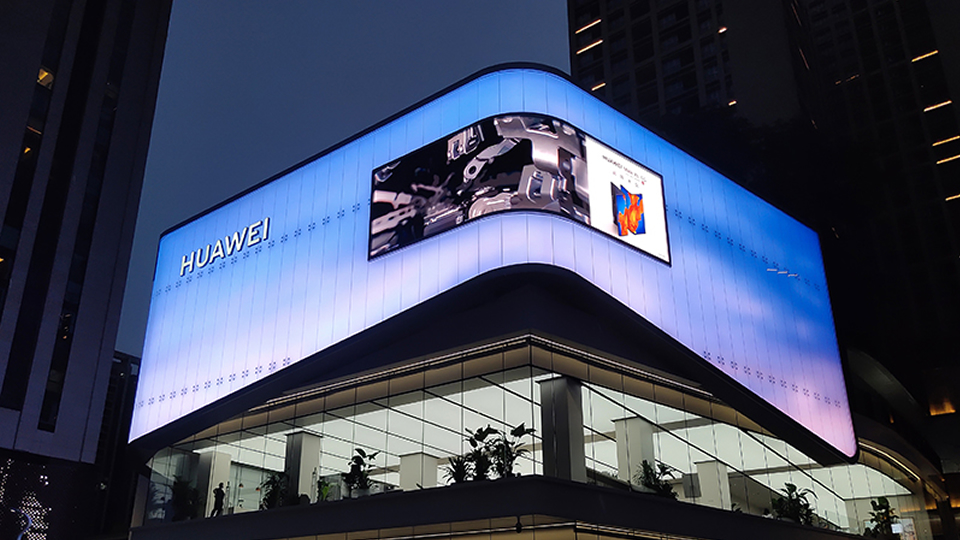If you're planning to invest in an led display, one of the first decisions you'll need to make is whether you need an indoor or outdoor screen. While both share the same core technology, they are designed for very different environments and purposes. Understanding the differences will help you choose the right solution for your space, audience, and budget.

Let’s explore the main factors that set them apart.
1. Brightness
One of the most obvious differences is brightness. Outdoor LED Displays are designed to be seen in daylight, including direct sunlight. That’s why they typically offer a brightness level of 5,000 nits or more. Indoor displays, on the other hand, don’t need to compete with sunlight, so their brightness levels are usually between 800 to 1,200 nits. Choosing a screen with the right brightness ensures your content is clear and readable in any lighting condition.
2. Weather Protection
outdoor LED screens are built to handle the elements—rain, dust, wind, even snow. They come with high IP ratings (usually IP65 or higher), meaning they are sealed against water and dirt. Indoor displays don’t need that level of protection, so they are often lighter, thinner, and easier to install. Using an indoor screen outdoors can lead to damage and shorter product lifespan.
3. pixel pitch and Resolution
Indoor LED Displays are often viewed from a shorter distance, which means they need higher resolution and smaller pixel pitch (e.g., P2.5, P3). Outdoor screens are typically viewed from farther away—on buildings, billboards, or across stadiums—so they can use a larger pixel pitch like P6 or P10 without sacrificing visibility.
4. Installation Environment
Indoor displays are usually mounted on walls, built into stage backdrops, or installed inside commercial or corporate spaces. They are easier to maintain and access. Outdoor displays require stronger structures to withstand wind and other external forces. You may also need to factor in power supply protection and ventilation for outdoor use.
5. Use Cases
Here’s a quick breakdown of where each type fits best:
Indoor led displays:
Perfect for shopping malls, showrooms, conference halls, churches, airports, office lobbies, and exhibition booths.
outdoor LED Displays:
Ideal for building facades, roadside billboards, stadium perimeter boards, transportation hubs, and outdoor advertising.
6. Cost Considerations
Outdoor LED displays generally cost more due to their weatherproof design and structural requirements. However, if your content needs to be seen in outdoor settings, that extra investment ensures durability and visibility. Indoor screens tend to be more budget-friendly and easier to install, making them ideal for small to medium businesses.
So Which One Do You Need?
The answer depends on where the display will be used, how far away viewers will be, and what kind of environment it will face. If your screen will be installed outside, or even near a window with strong sunlight, an outdoor model is your best choice. For indoor marketing, events, or corporate use, indoor screens are lighter, clearer, and more flexible.
At LEDManuf, we offer both indoor and outdoor LED display solutions, fully customizable to your business needs. Whether you're upgrading your store or planning a large-scale outdoor campaign, our team can help you choose the right product that balances performance, quality, and cost.
Need help deciding? Contact us today and let our experts guide you through the process.

